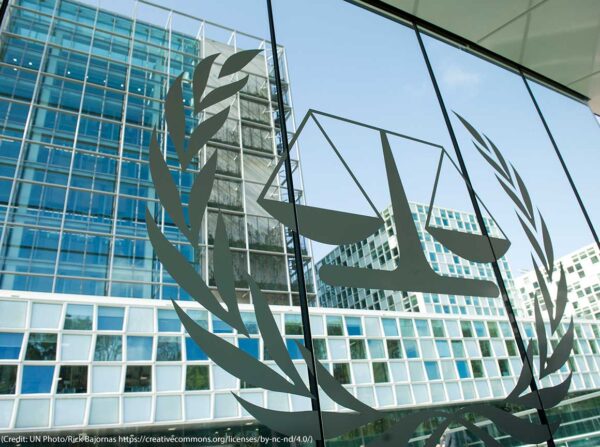
The Department of Defense this month publicly released its newest rationalization for the abusive force-feeding program at Guantánamo Bay. In this latest memo on hunger strike policies, the abusive force-feeding program is referred to as "medical intervention."
Nothing could be further from the truth.
In fact, judging from the heavily redacted memo, it is clear that DoD's aggressive response to ongoing hunger strikes at Guantánamo causes significant pain for the detainees and can be quite dangerous.
Let's start with tube insertion for force- feedings. According to medical experts, long-term feedings should be treated with a singular tube that is not removed from the patient's nostrils except once every four to six weeks. This minimizes patients' experience of the painful insertion process and minimizes the risk of the feeding tube entering the lungs, which could cause asphyxiation.
Compare that standard with the policies at Guantánamo where the feeding tube is inserted up to twice a day for detainees on hunger strike. According to the statement of one detainee, that frequency of tube insertions causes severe pain and can damage the esophagus and stomach.
Relatedly, the practices revealed in the newly published memo leave open the possibility that detainees subject to force-feedings will risk asphyxiation during the force-feeding. During the feeding, a nurse (apparently in addition to one non-medical staff member) is to check that the inserted tube went into the detainee's stomach and not his lungs to ensure that he will not choke during the feeding.
However, the designated process, called "air auscultation," has been discredited in multiple medical journals as outdated and unreliable, and it has been shown to be inaccurate at a rate as high as 93 percent of the time. In this case, medical staff would unknowingly pump water into detainees' lungs.
That sounds like it could be an awful lot like waterboarding.
Now, the feeding itself: Medical equations in the newly released protocols call for 2,300 ml of liquid (a liquid meal replacement such as Ensure plus water) to be pumped down a detainee's esophagus over the course of one feeding. That's just under two thirds of a gallon of liquid. An older version of the newly released text – made public in March 2013 – states that this feeding is to take place over the course of 20 minutes. It is impossible to know due to the extent of redactions in the new document whether that time frame is still used. But if the time window still stands, that means that detainees are force fed almost two thirds of a gallon of liquid in 20 minutes.
For comparison, the American Gastroenterological Association recommends that medical service providers feed patients no more than 260 ml of liquid (about a cup) per 15 minutes. The volume administered at Guantánamo is almost seven times that recommendation.
In addition, the speed of the feeding at Guantánamo may actually cause serious pain and suffering on part of detainees. According to one professor of medicine at the University of Minnesota, the speed of the feeding causes extreme pain and "increases the risk that stomach contents will be regurgitated into the lungs".
Force feeding is a practice universally considered cruel, inhuman, and degrading – and one that violates international medical ethics standards. And it can rise to the level of torture. The "medicalization" of the practice at Guantánamo in no way changes that determination.
Worse, the particular policies that dress in medical terms the DoD's political response to the hunger strike only work to ratchet up the harm suffered by detainees.
Learn more about Guantánamo Bay and other civil liberty issues: Sign up for breaking news alerts, follow us on Twitter, and like us on Facebook.
Stay informed
Sign up to be the first to hear about how to take action.
By completing this form, I agree to receive occasional emails per the terms of the ACLU's privacy statement.
By completing this form, I agree to receive occasional emails per the terms of the ACLU's privacy statement.


